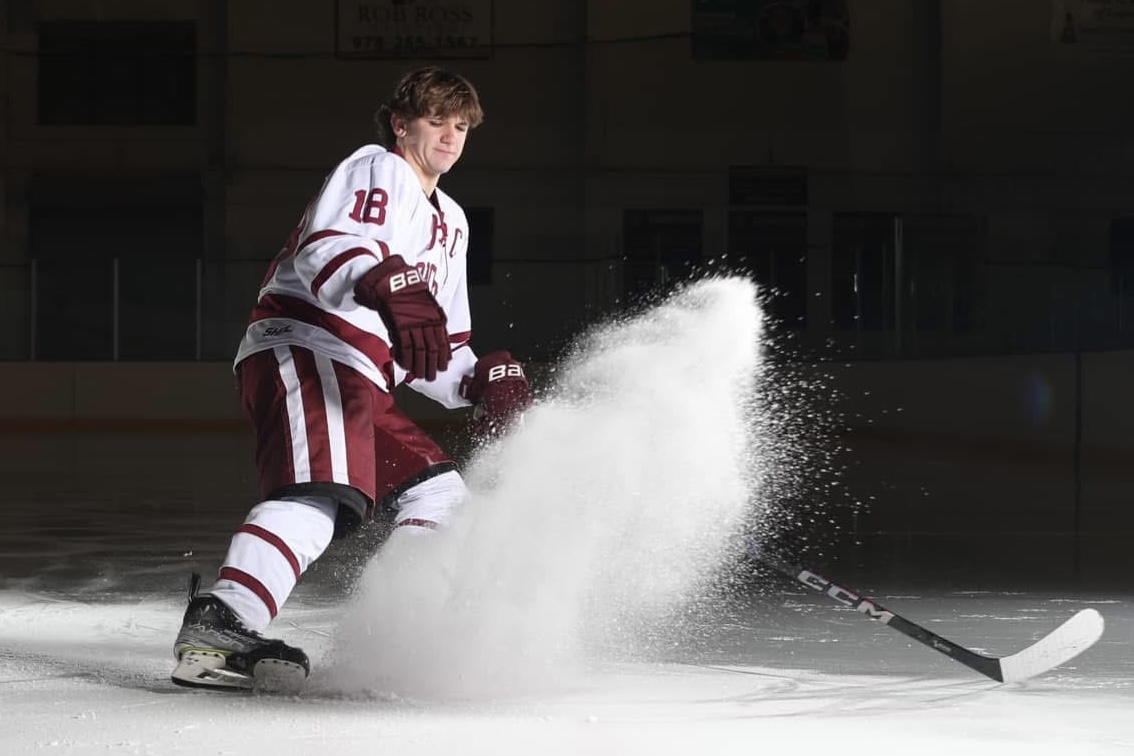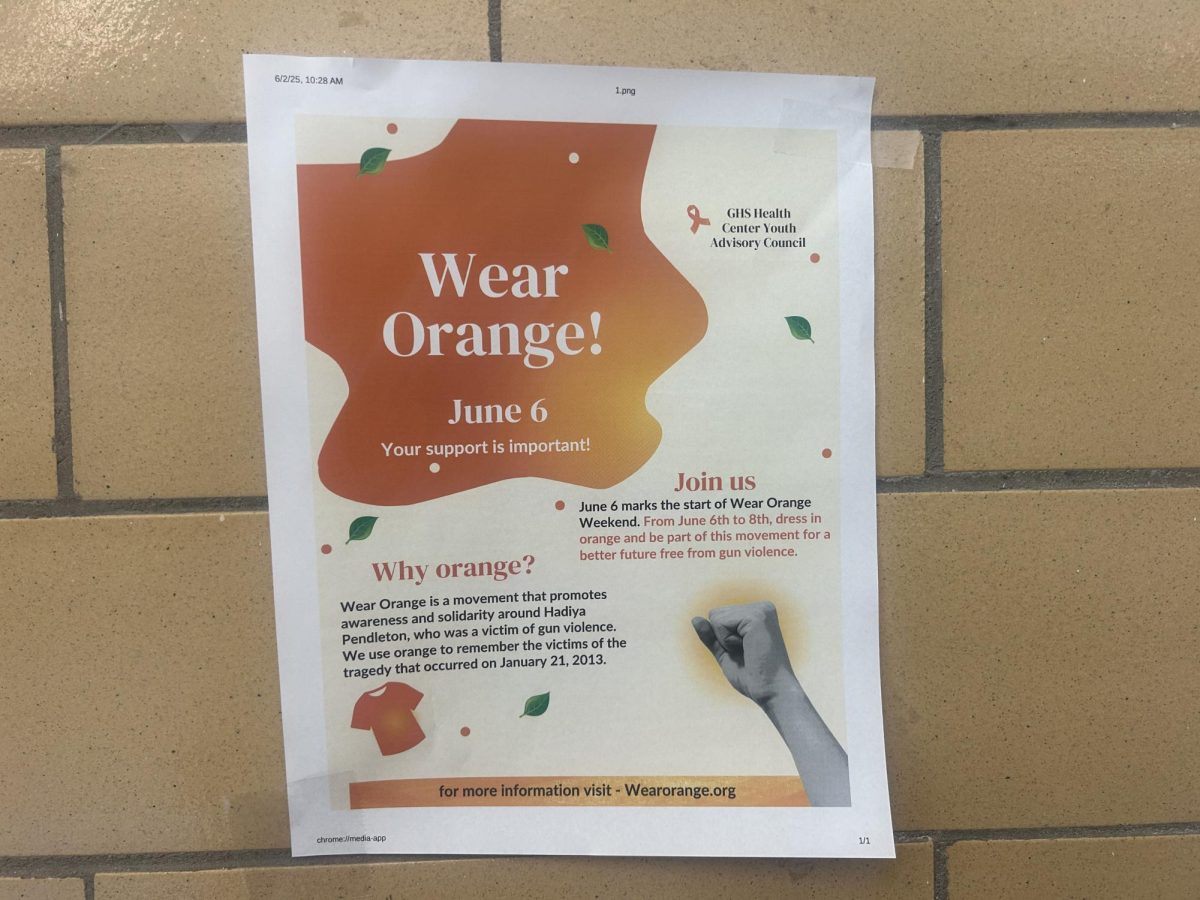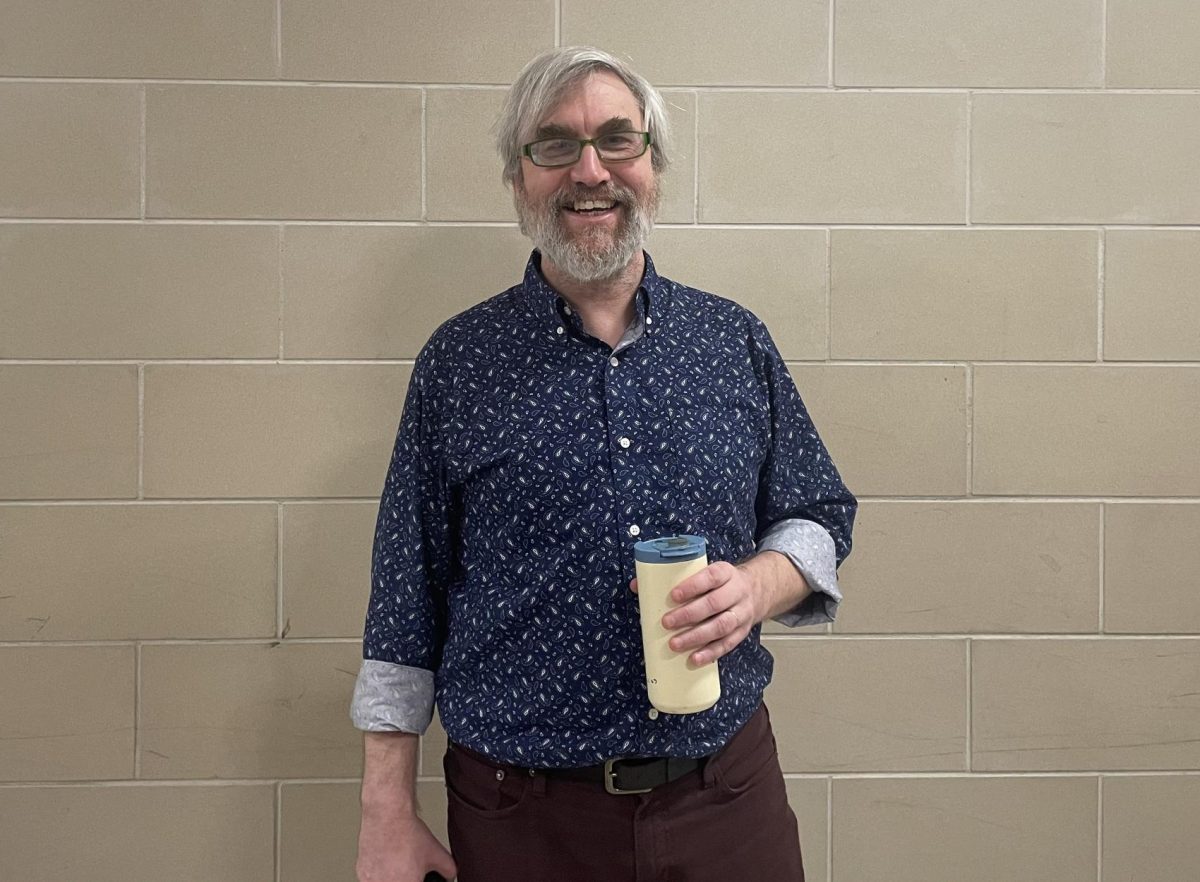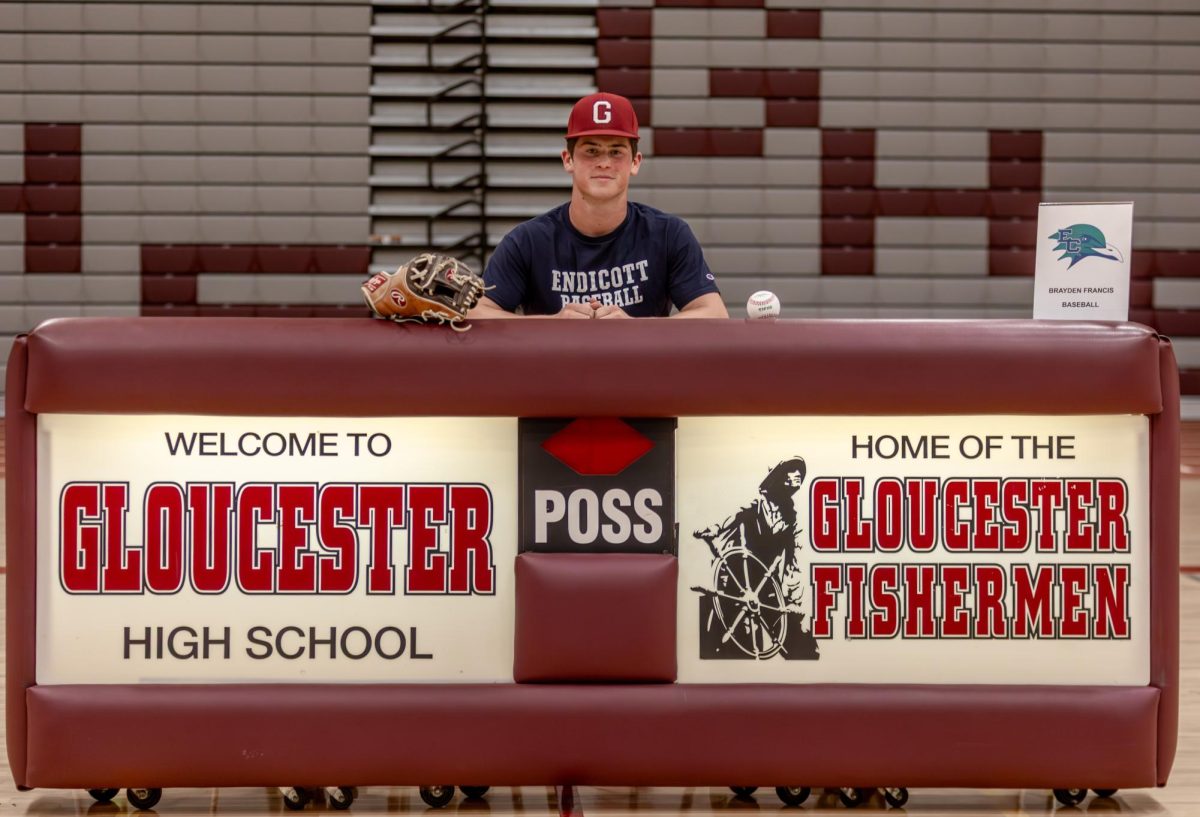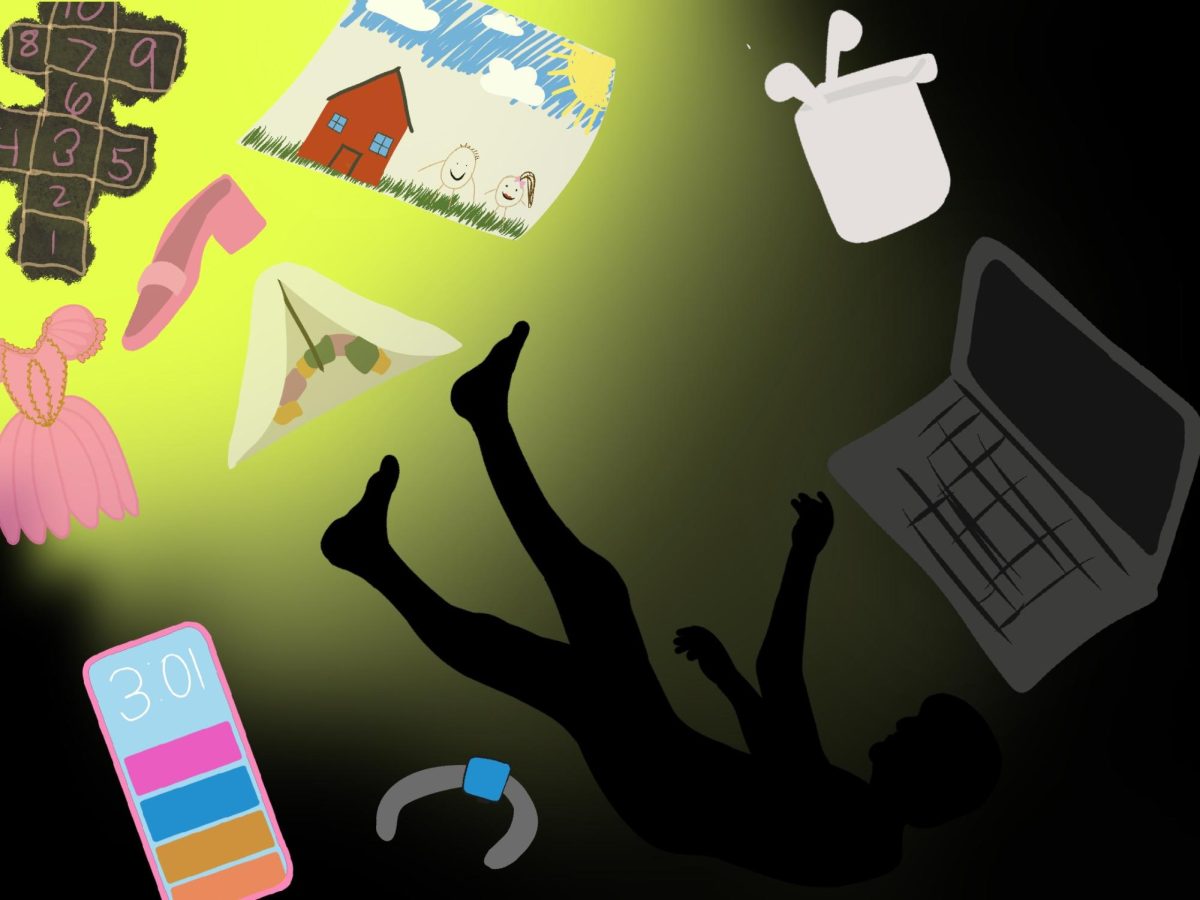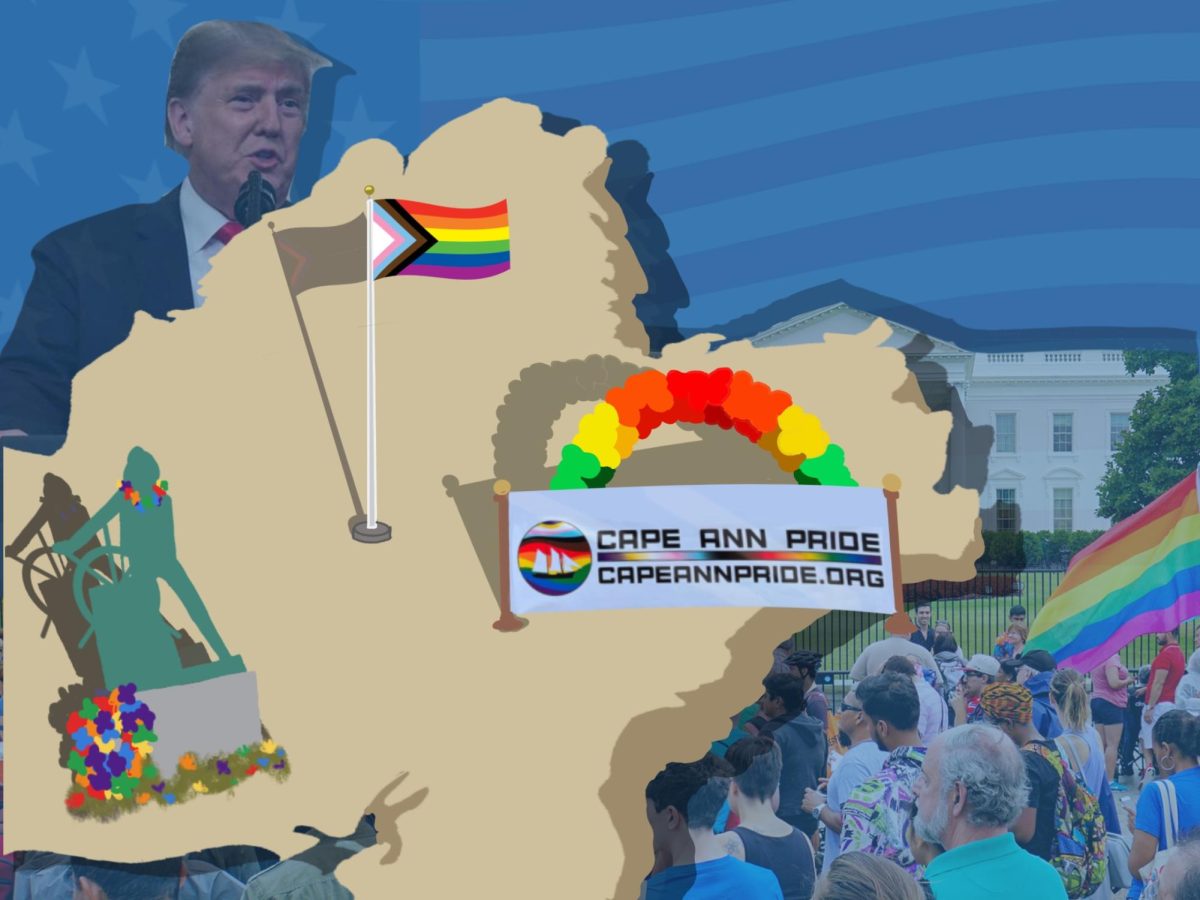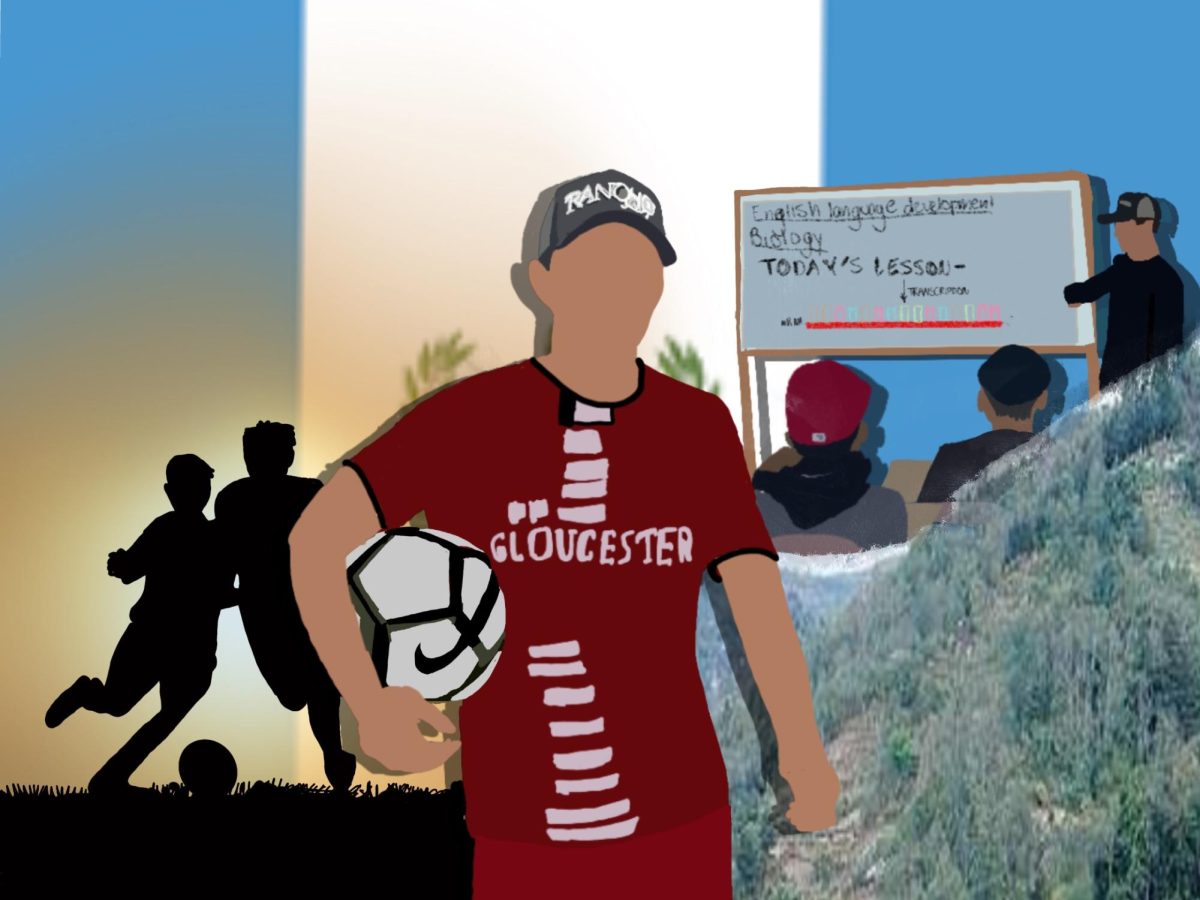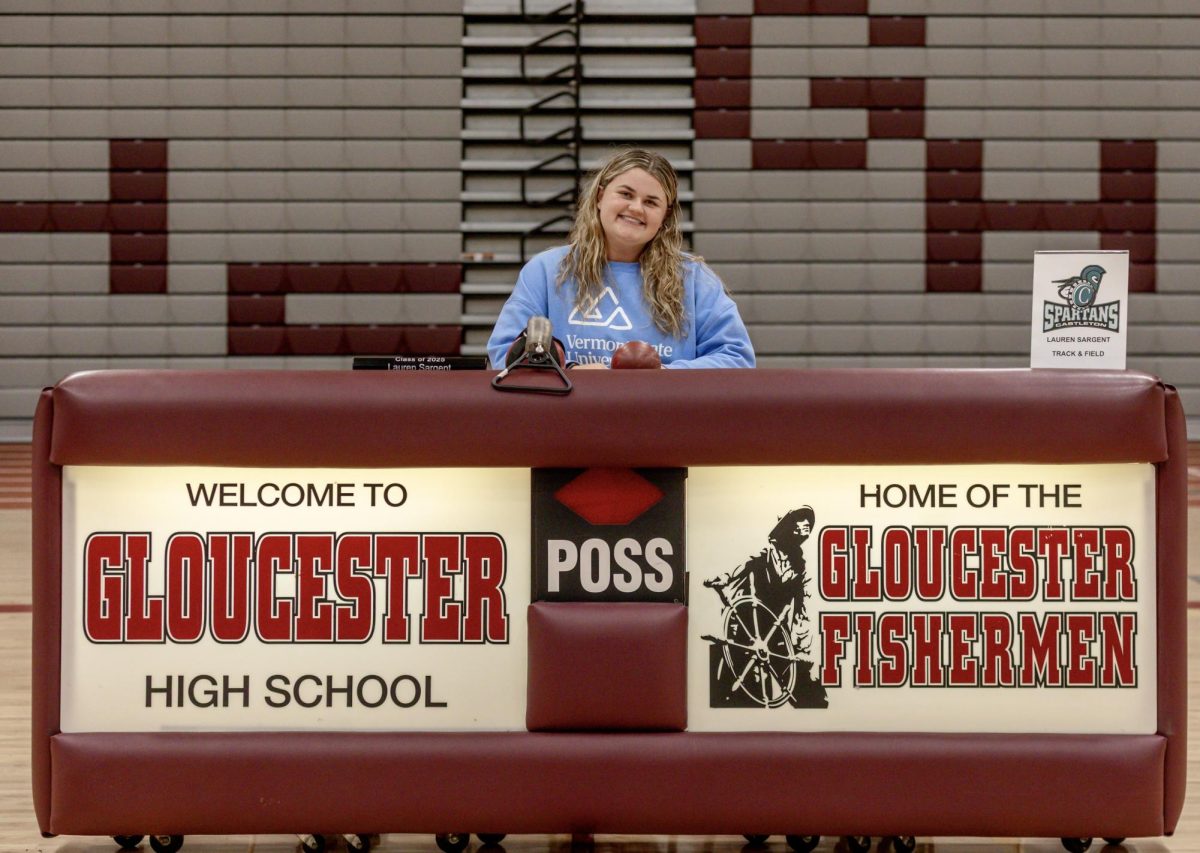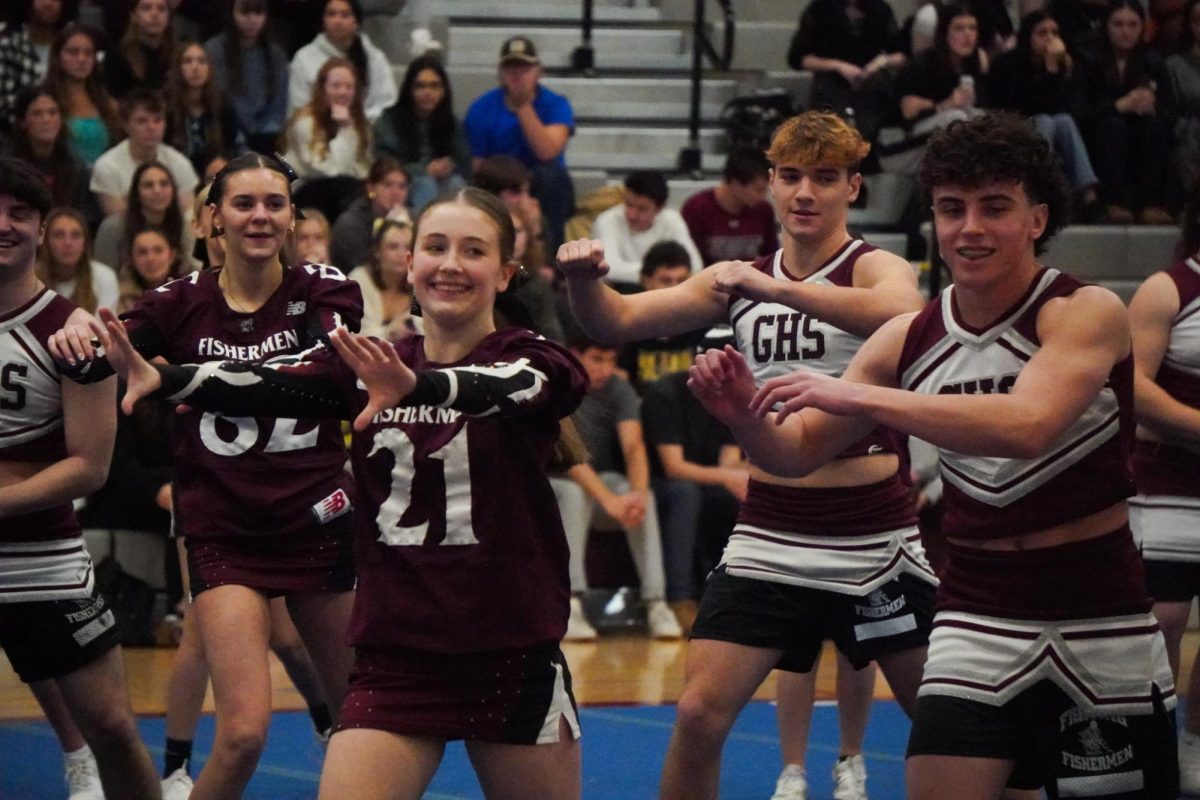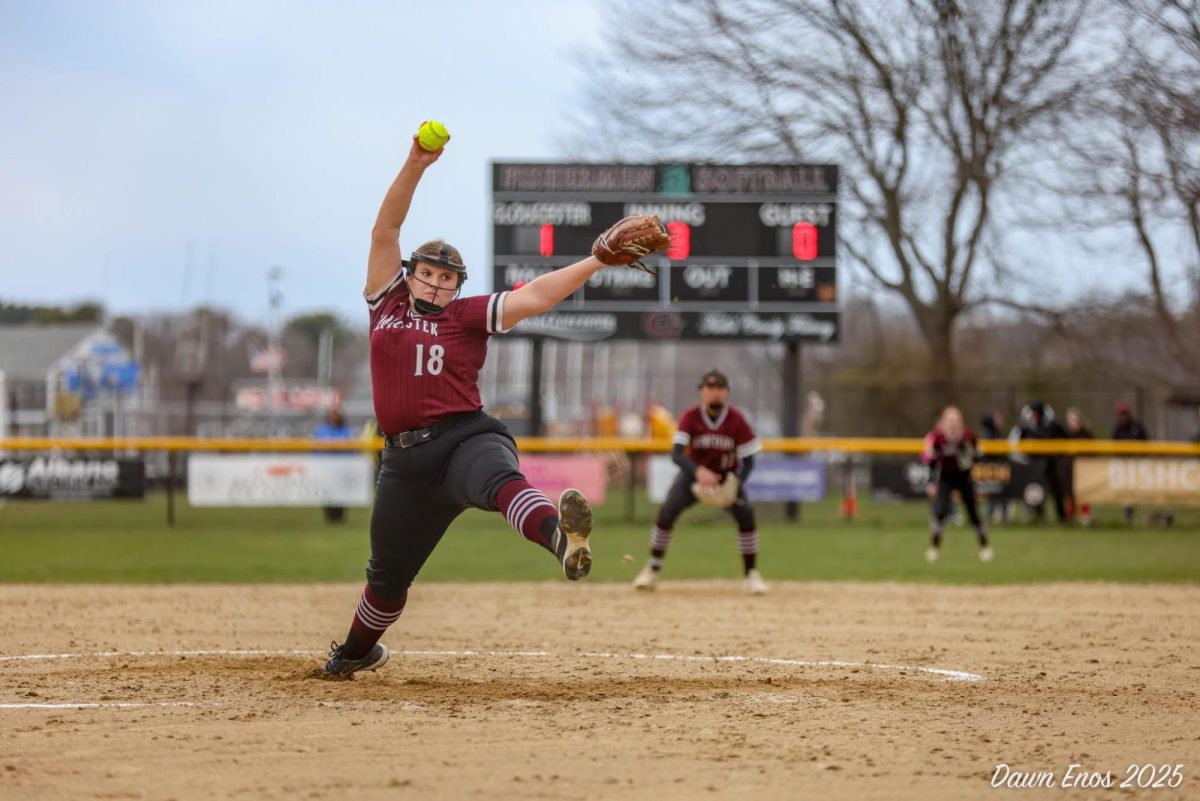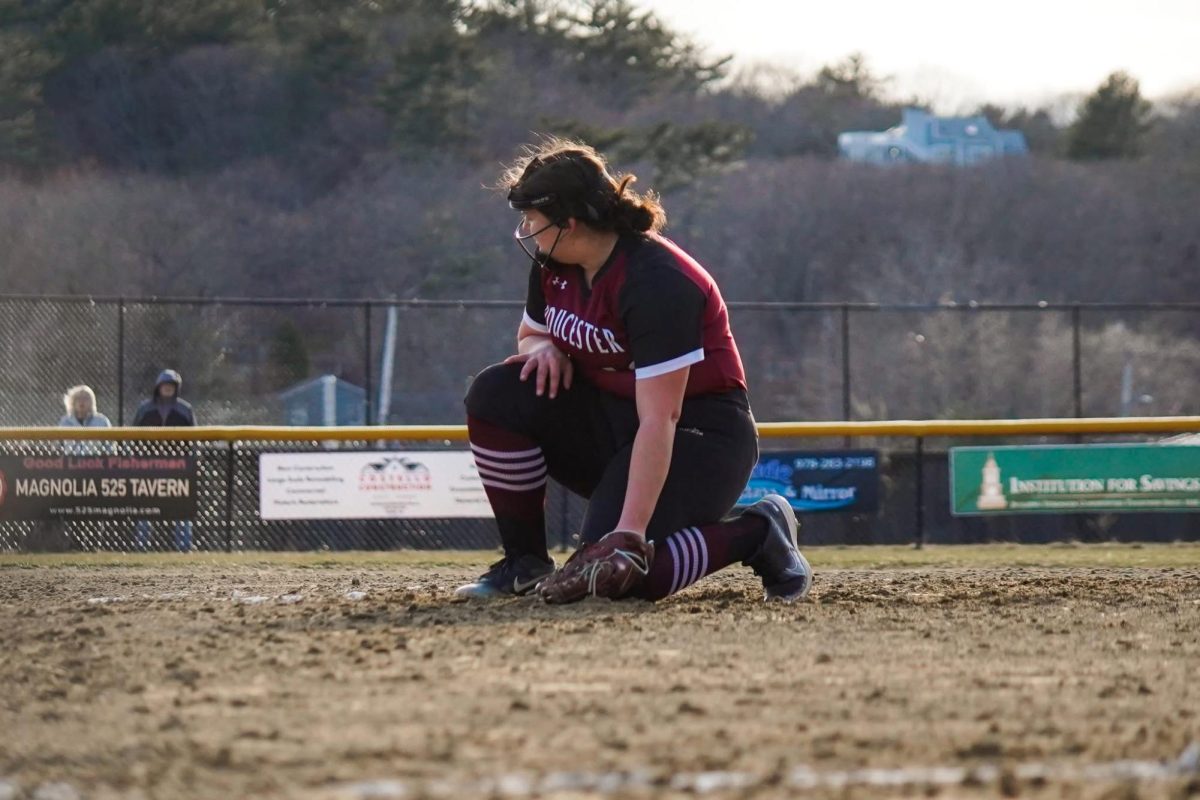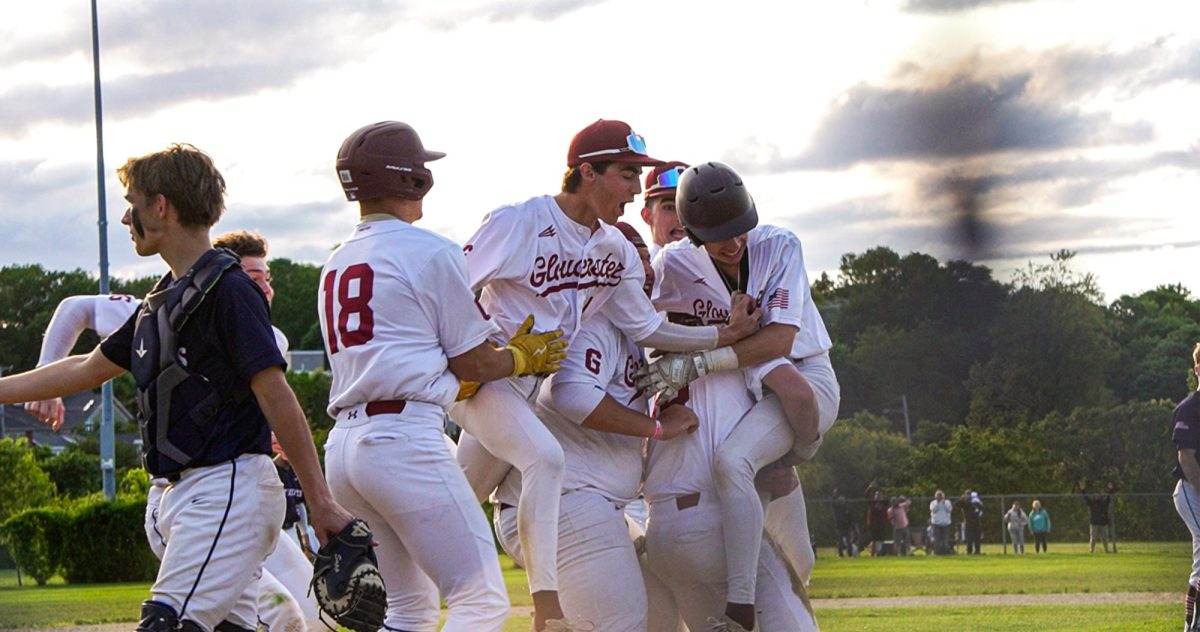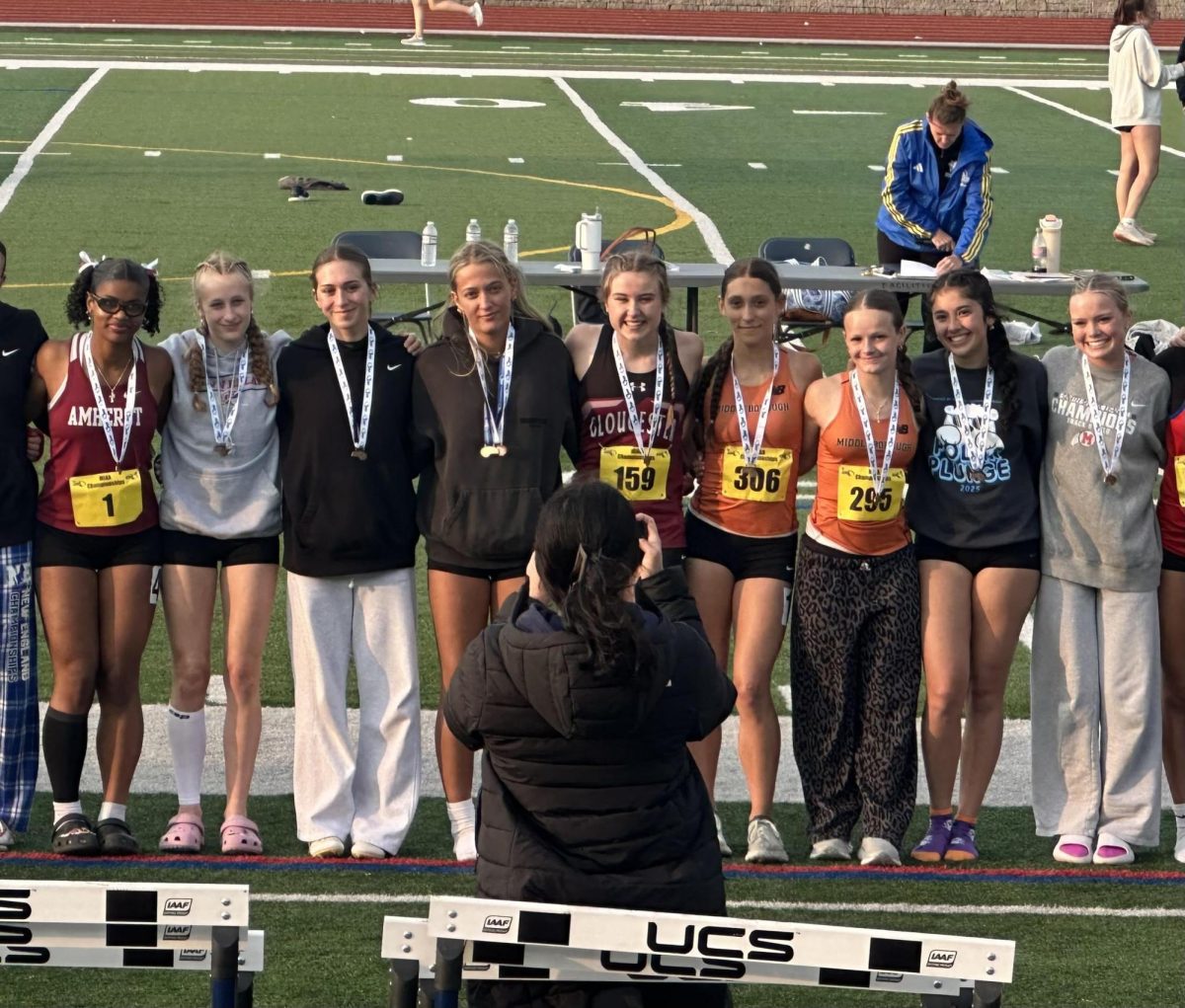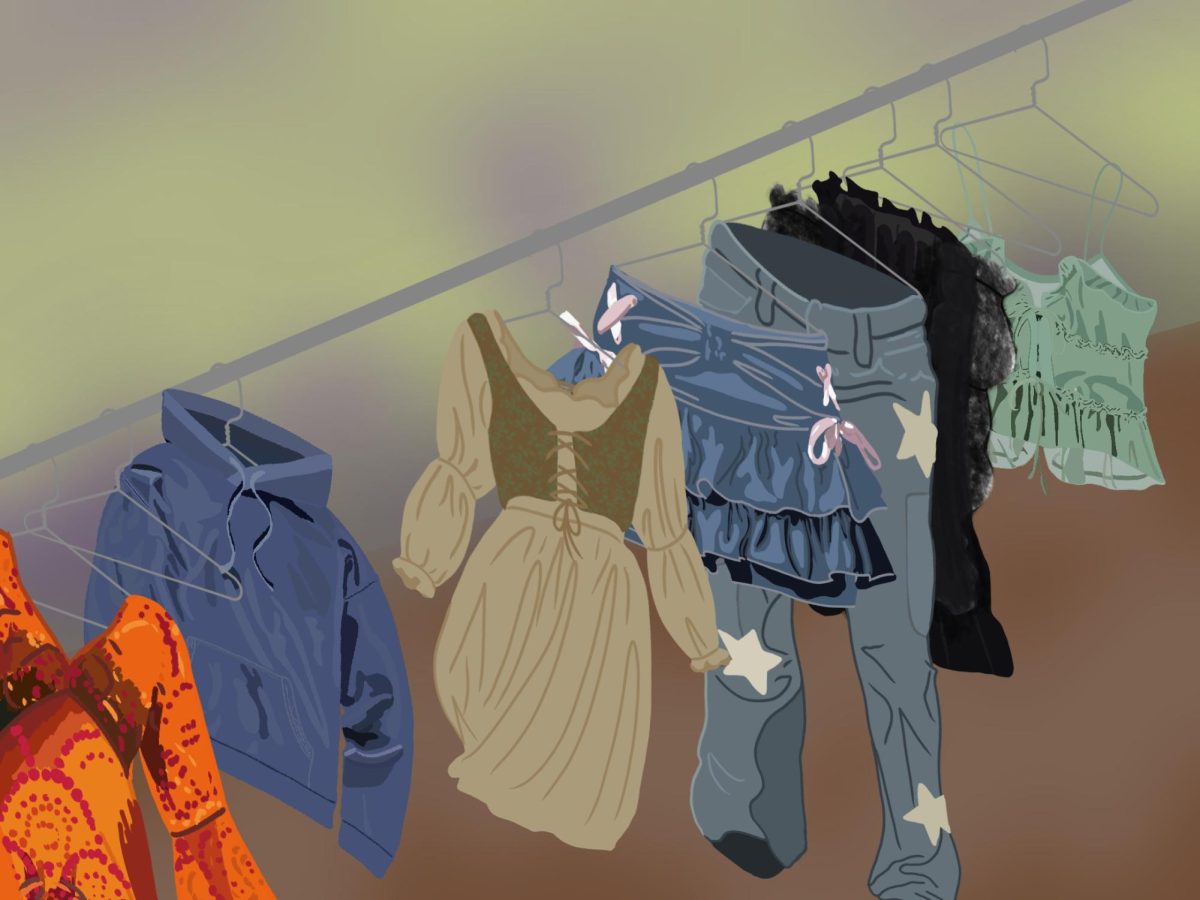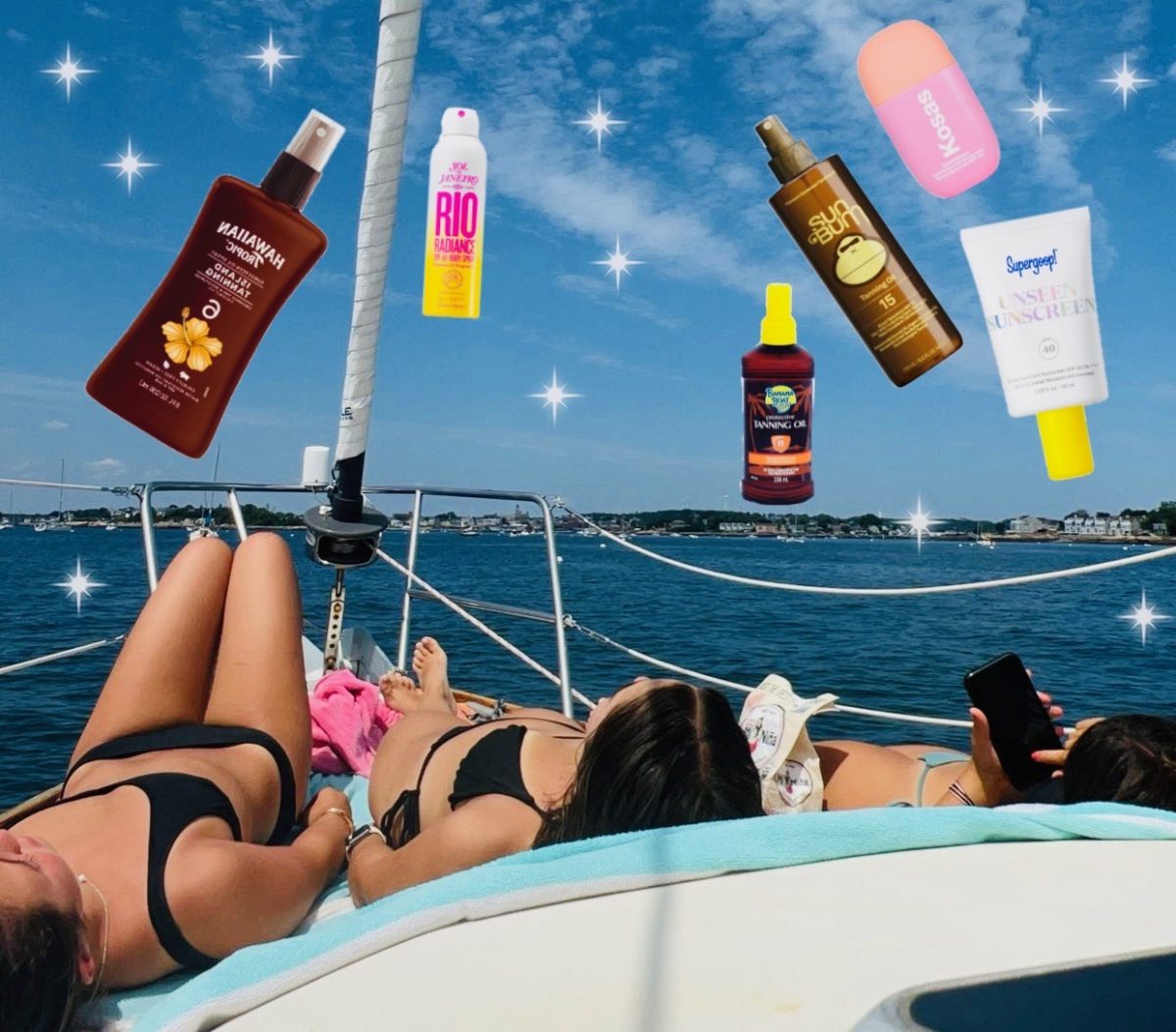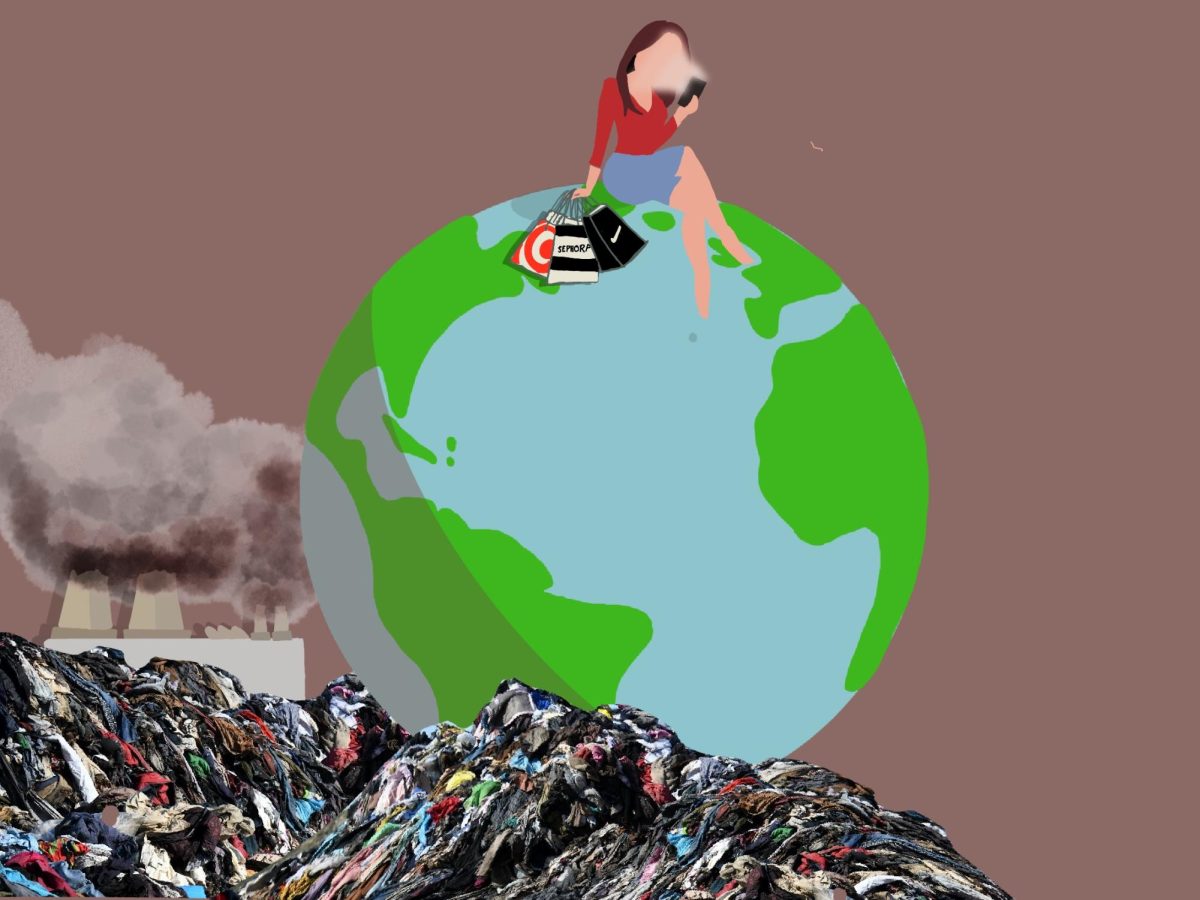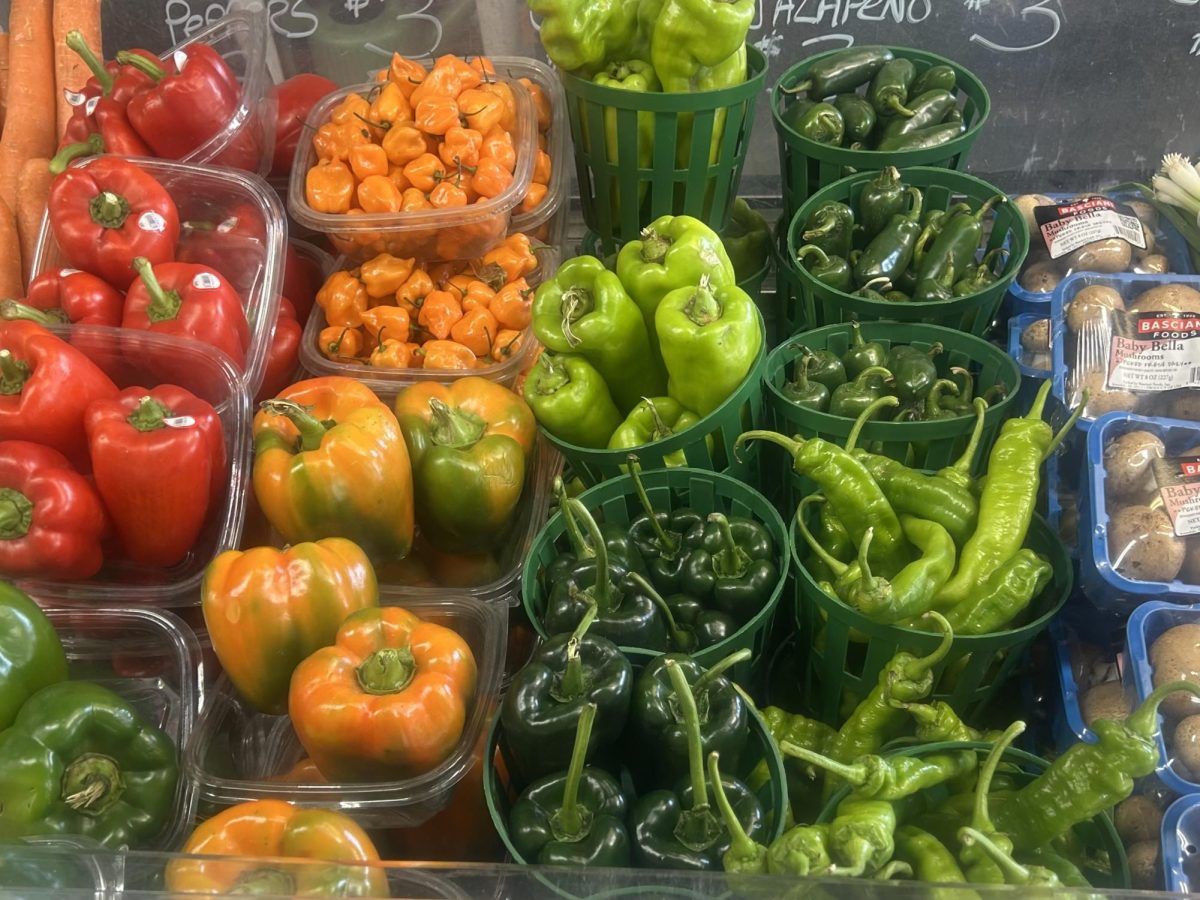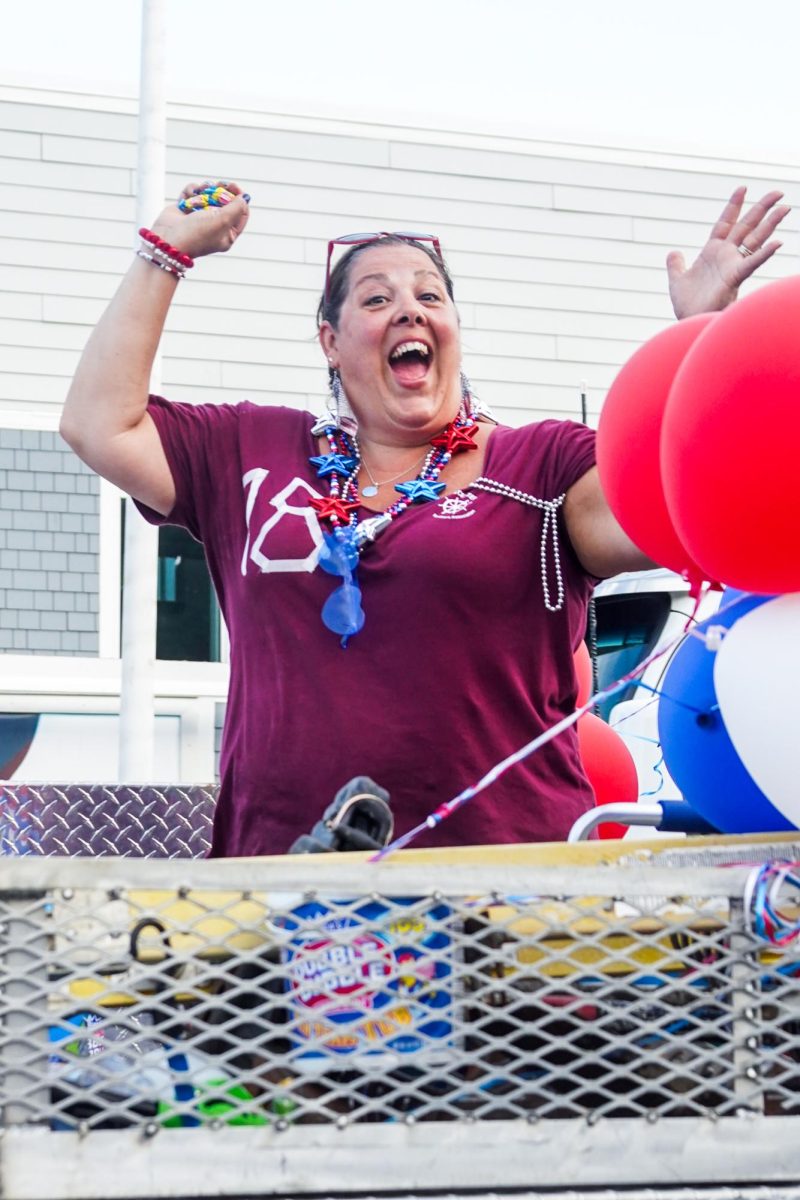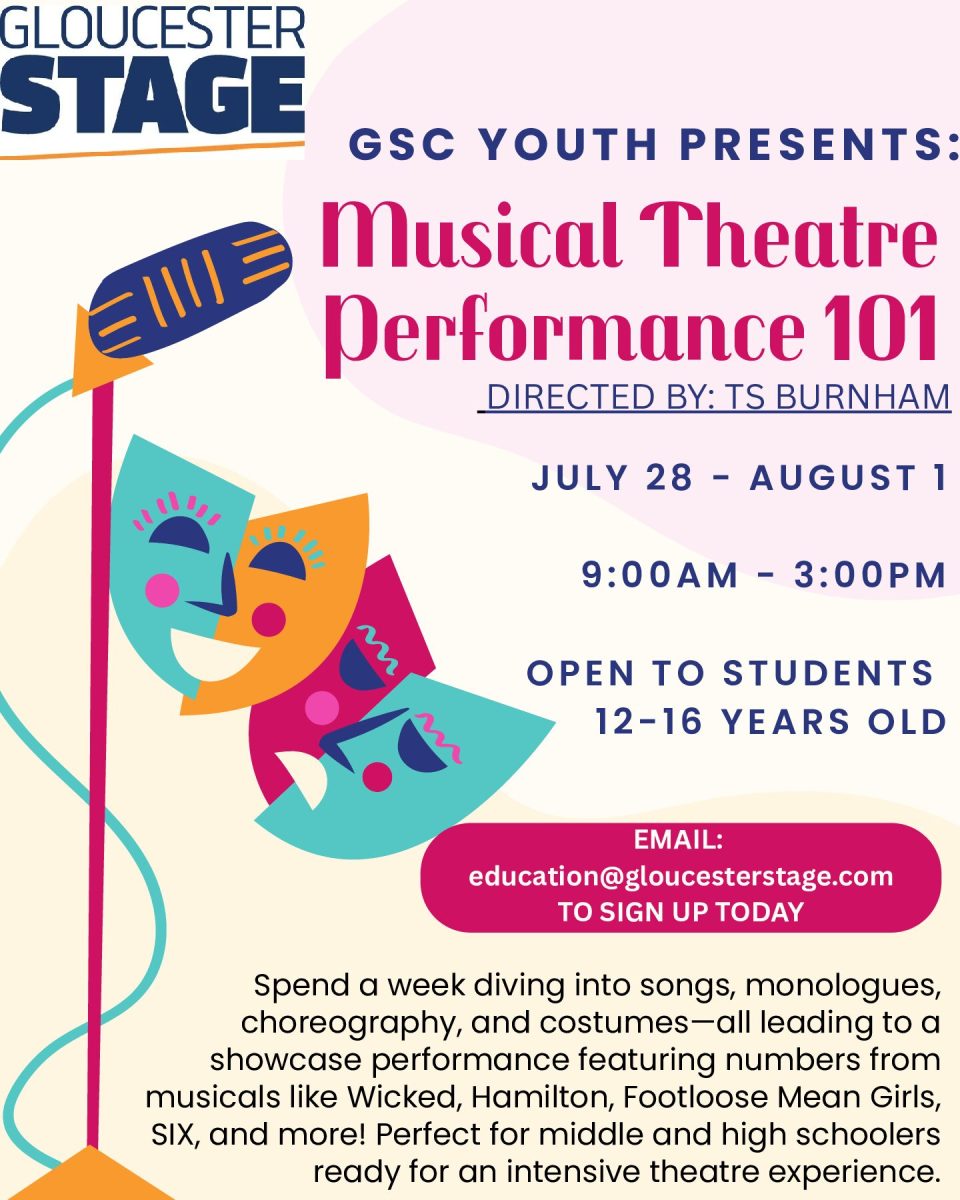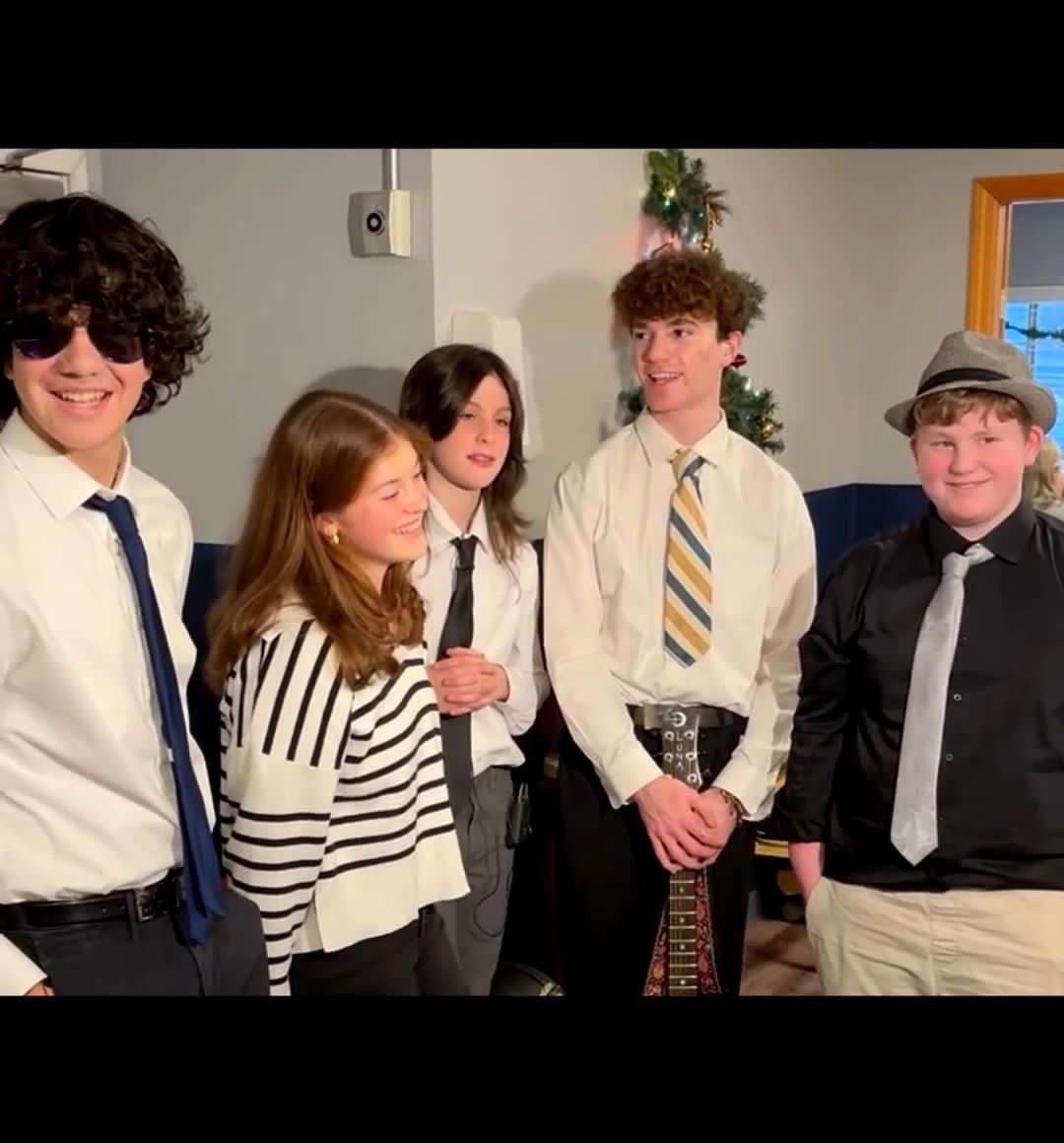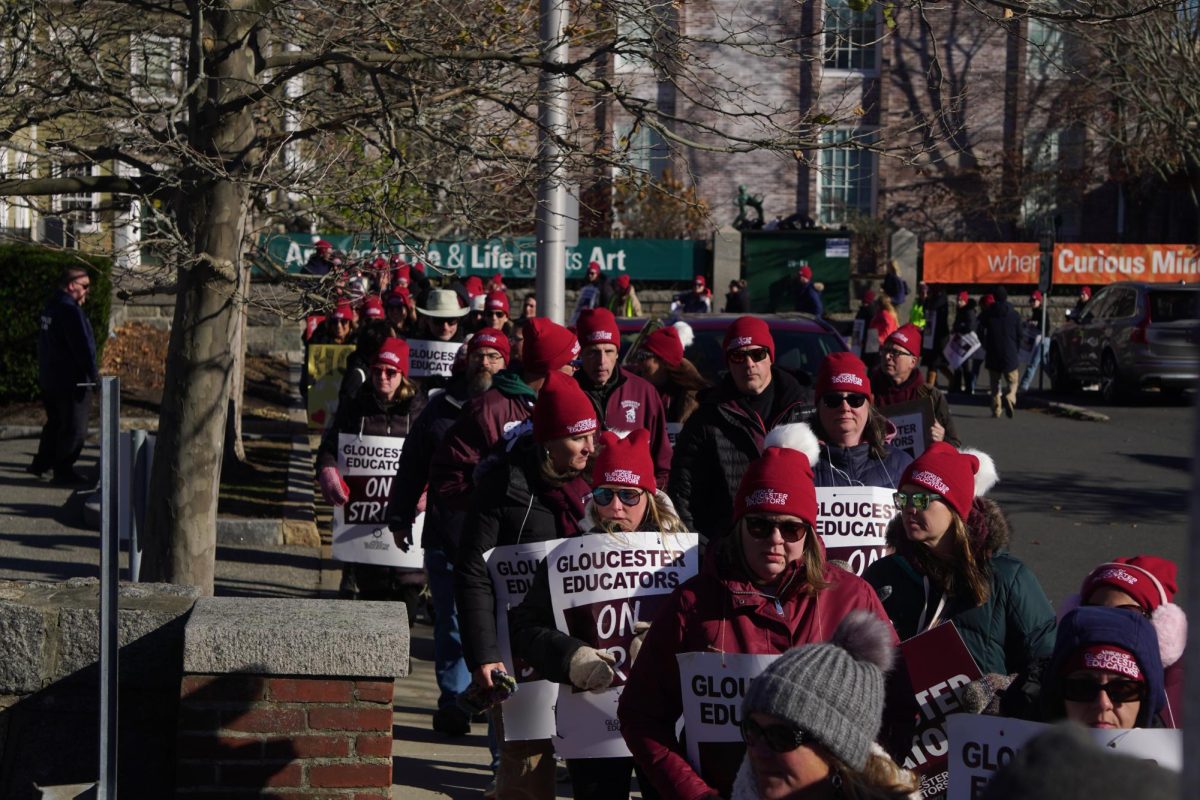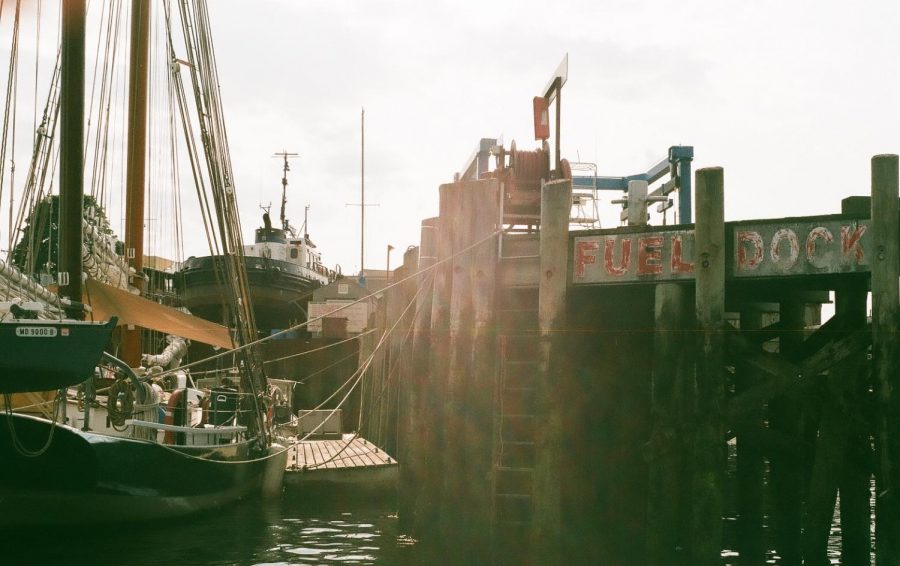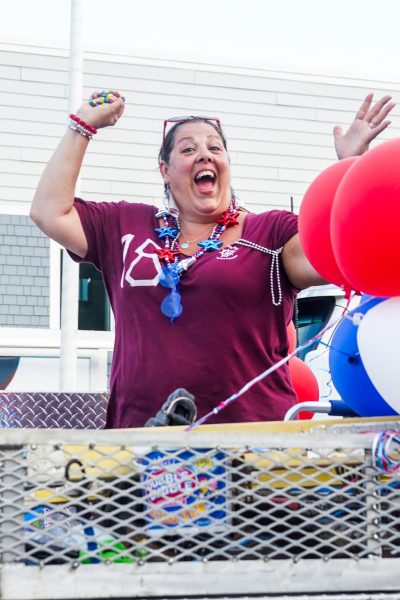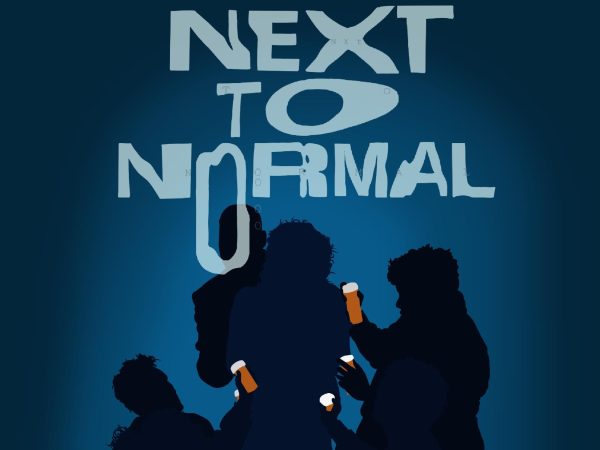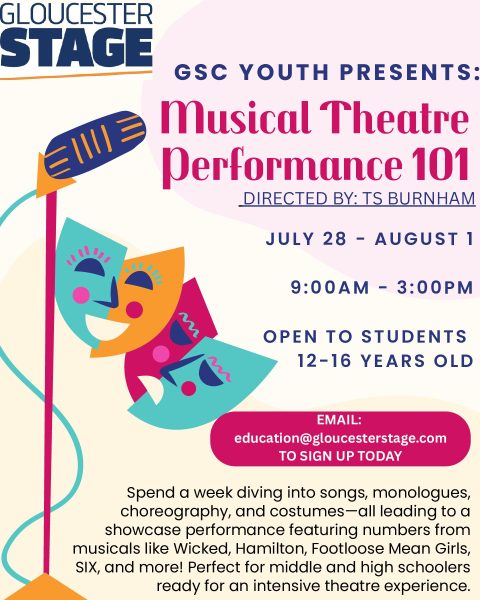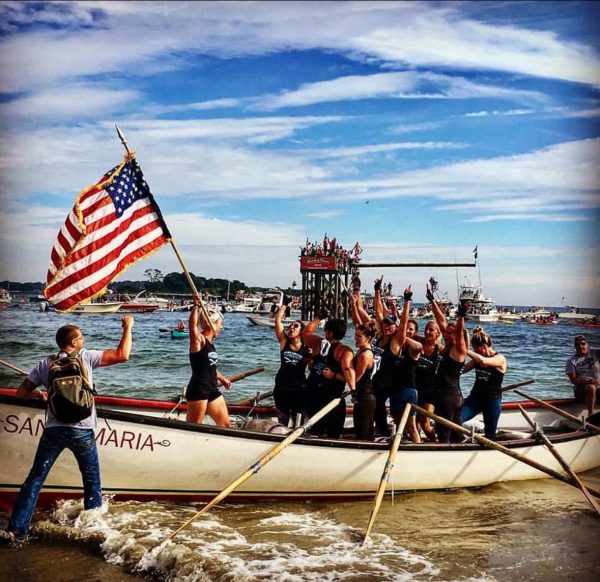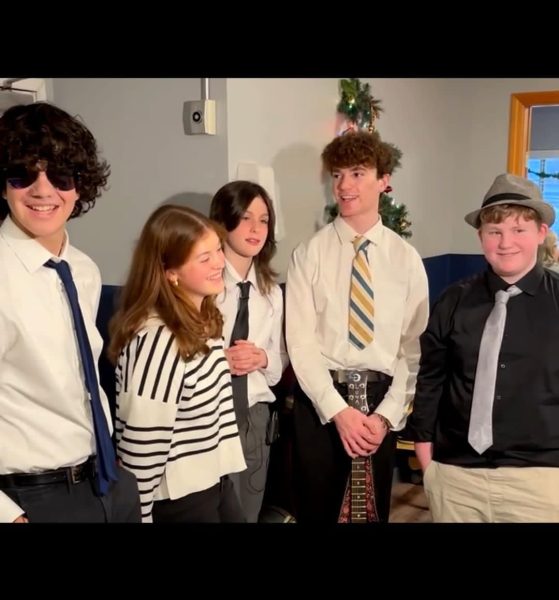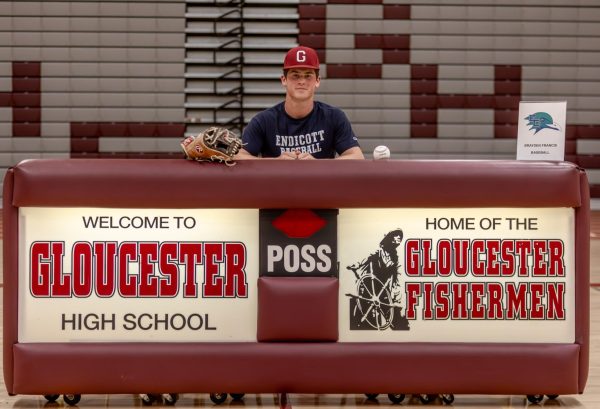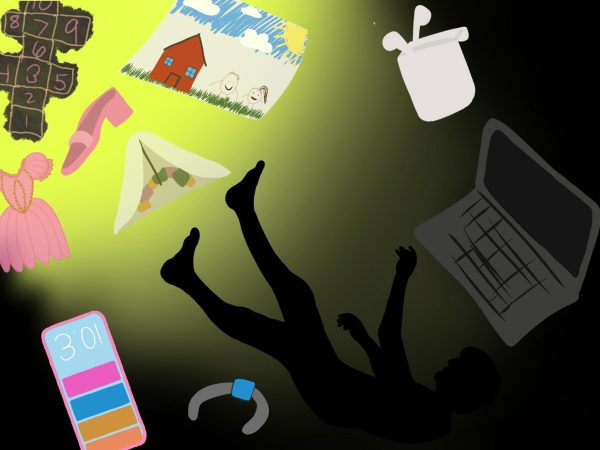Art and identity in the city of the sea
Gillnetter reporter Mila Barry explores the intimate connection between Gloucester and the arts
The fuel dock at Gloucester Marine Railways in Gloucester Harbor. Touchette cited this area as one of his favorite places to paint.
For a slightly scruffy working class city built on the fishing industry, Gloucester has an outstanding artistic track record. From high class galleries to street murals, creativity can be found everywhere. It’s a unique, meaningful connection made even more important by an increasingly analytical world.
Driven by her knowledge of art in Gloucester, and the surrounding area, Gillnetter reporter Mila Barry set out to discover exactly what makes art so prevalent on Cape Ann and if the culture encourages art in Gloucester’s youth. She interviewed Ed Touchette a painter and retired elementary school art teacher, on the matter.
Q: What inspired you to become an artist?
A: I studied architecture in college and graduated. But I wanted to be a musician. When I came to Gloucester I was really taken with some of the paintings I saw. There were lots of different people whose work I saw and liked, so I started painting with watercolor. I loved it. It made such a difference in my attitude. It really meant something.
Q: When and why did you move to Cape Ann?
A: I moved to Gloucester 2 years after college because some frat brothers of mine were working here. My roommate’s father owned the Rockaway Hotel. There were jobs here, so I played music while I learned to paint.
Q: What has it been like to develop your art on Cape Ann?
A: I think it’s been a good place. The physical environment is good, the light is great, the weather is great. It’s more the attitude of the community. They seem to accept it really readily. I can’t really compare it; I haven’t worked very many places. It’s just that this place is very accepting of the unusual. There are so many different people. It’s just wonderful.
Q: What’s your favorite place to create and why?
A: Right here from the hill; Banner Hill. The harbor is a great place to paint because of the activity. Sometimes it’s plain fun to stand and watch.
Q: Do you think that Cape Ann attracts artists? Why?
A: It seems as though most of the major visual artists, photographers, and painters have at one time worked here. There are a number of very impressive writers who have worked here, like Olson and Ferrini. I think it’s just the place itself. There are no restrictions, and it has to be that way when you create.
Q: Do you think this has anything to do with our proximity to the ocean?
A: Years ago when I was first painting here another artist said that being around water really boosts creativity. It has a real calming effect. It lets you get in touch with the parts of yourself that are important in art.
Q: Based on this, do you think that Cape Ann produces more young artists than other places?
A: Yes, because they are around artists. If I had grown up in an environment like this I’d be a much different person. When you’re starved of something I think you are particularly aggressive about achieving it. Yeah I think it does inspire students. I think it inspires people who aren’t in school any longer.
Q: What’s your opinion on the way that art is taught in school? Do you wish that creativity was considered more of a priority?
A: It can’t all be play, but we need time to make mistakes. We need time to discover, and a lot of the time mistakes are the way to discover. Education is too restrictive in some ways; there has to be a balance. The problem I have with our direction is [simple]. There was a phrase years ago; race to the top. It’s like the edge of the universe; where is the top? If you value yourself based on where you stand compared to others, I suppose there is a top. But if your value is based on how you feel about yourself, then the race to the top is meaningless. You have to fit into a group, but the group has to respect your individuality. It’s very complicated.
Q: What have your years as an art teacher taught you about young people and art?
A: I honestly think that kids, especially in the elementary school years, are tremendously creative. They work with abandon. As they get older they start to restrict themselves and this is the normal course of events. Kids just go at it. If you’re open to it, it’s inspiring, it’s hopeful, it’s so human. I love kids’ art and I think most people do. [In the end though, it has shown me that] it may not be the way you see it, but the way someone else sees it is equally as important. I think we’re learning that slowly.
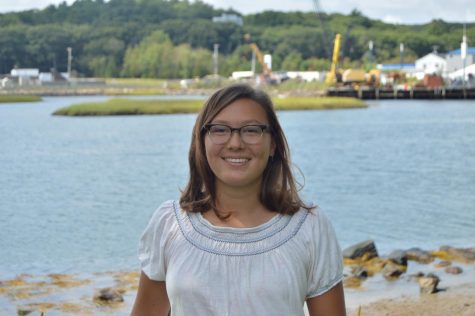
Mila Barry is in her fourth year at Gloucester High School, and her third year on the Gillnetter staff. Outside of writing for the newspaper, she’s...

Mila Barry is in her fourth year at Gloucester High School, and her third year on the Gillnetter staff. Outside of writing for the newspaper, she’s...
